Because Ky Lan Lake - Cu Mi Thuong is related to a book being written about the southern part of the province, I decided to visit Tan Thang commune, Ham Tan district for the seventh time this year.
The elderly farmers and veteran fishermen have passed away one after another, taking with them a part of history that the younger generation can hardly grasp or acknowledge. Looking at the bustling Tan Thang of today, with its densely packed houses and ever-improving living standards, few can imagine the once famous Ky Lan Ho - Cu Mi Thuong area, which ran along the old official road (during the reign of Emperor Thanh Thai) when it belonged to Phuoc Thang district, Binh Thuan province. Nor can one imagine how the initial nine families from Central Vietnam, gathered by Father Huynh Cong An along with some Cham and Chau Ro people, have formed the bustling village of over 2,000 households it is today.
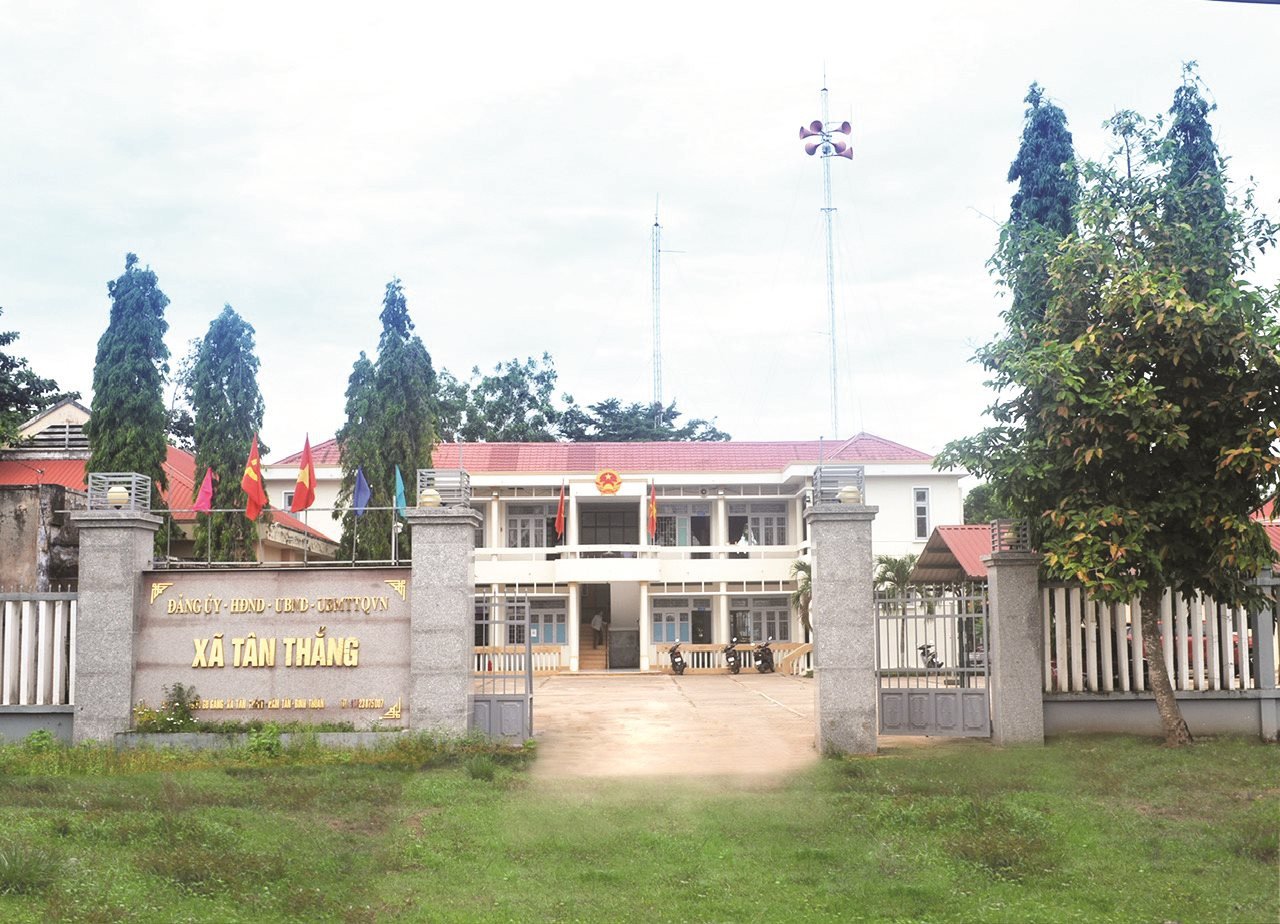
Who named our homeland?!
After passing Son My, an official from the Tan Thang Commune People's Committee, as arranged, led me along the Ko Kieu River. From the Ko Kieu Bridge, past the dam and water tower that supplied clean water to the entire commune, we followed rural roads and newly constructed irrigation canals, circling back to National Highway 55 (formerly Interprovincial Highway 23) and continuing straight to the Chua River, the border with Ba Ria - Vung Tau province. We returned to Cu Mi beach for lunch and rest. There, I coincidentally met the owner of the restaurant. He told me he was a descendant of one of the nine families who first settled here. Through inquiries with the surviving members of these nine families and further research and discussions with trustworthy individuals, the story of land reclamation and the ancient names of villages and districts began to become clearer!
Around 1885, after completing the land registry for the land extracted from Lien Tri hamlet in Tam Tan village, Duc Thang commune, Tuy Ly district, to establish Tan Ly village and form the La Gi parish, Father Huynh Cong An recruited 9 Catholic families from Quang Binh , Binh Dinh, and Phu Yen, along with a few neighboring people, to cultivate the barren land known as Ky Lan Ho - Cu Mi Thuong. (There is a hypothesis that the name Cu Mi is a phonetic variation through the process of Vietnamization from the Cham word Bhummi - meaning homeland; Ky Lan Ho is due to the geographical and feng shui features of the land deeply ingrained in the thoughts, dreams, and aspirations of the pioneers who established the village in the past, and not due to sensational stories woven later). In 1916, Ham Tan district was established, comprising the Phong Dien and Phuoc Thang sub-districts of Tuy Ly district (Phong Dien sub-district had 4 villages: Phong Dien, Hiep Nghia, Tam Tan, Tan Ly; Phuoc Thang sub-district had 5 villages: Phuoc Loc, Ham Tan, Pho Tri, Ham Thang, Thang Hai). The name Ham Tan village, belonging to Phuoc Thang sub-district, was adopted as the name of Ham Tan district because the district headquarters was located in the village, which is part of what is now Phuoc Hoi ward, La Gi.
Discussing this period, researcher Phan Chính added: “After 1910, the district and prefecture levels were equal. The place name Hàm Tân was just a village extracted from part of Phước Lộc ward (this place name is the oldest, contemporary with Văn Kê, Tân Hải, Tân Quý, Tân Nguyên (i.e., Tam Tân - 3 communes combined). The old seal – made of bronze (around after 1916) – the frame indicated (administrative unit - the first letter): P. Bình Thuận/P is Province; C. Phước Thắng/C. is Canton; H. Hàm Tân/H. is District (in Thanh Nghị's New Vietnamese Dictionary - Minh Hoa Publishing House before 1975, the word "district" was not translated, but "District Road" was translated as Bureau du huyen or "District Official" was translated as Chef d'un huyen… and V. Hàm Tân/V. Village. Thus, geographically, Hàm Tân village is located on the right bank of the La Di River (the Đại Nam Nhất Thống Chí records it as La Di). Di - Dinh River".
What people today know better is the period after the establishment of Binh Tuy province (1956). At that time, the province consisted of 3 districts: Ham Tan, Tanh Linh, and Hoai Duc. (Ham Tan had 6 communes: Phuoc Hoi, Binh Tan, Ba Gieng, Hiep Hoa, Tan Hiep, and Van My; the Ham Tan district seat was located in Tan Hiep, now the Tan Hai market area, in La Gi town).
This lengthy explanation serves to demonstrate that the name of Ham Tan village has become the name of a district, today Ham Tan district in Binh Thuan province, and also forms the basic foundation for us to better understand the connection and ancient origins of Ky Lan Ho - Cu Mi Thuong and the entire "windy region" in the south of the province.
A veteran war veteran from Tan Thang told me another story about the place name, namely Tuyet Mai village (the Suoi Don area and Cat Lon village behind Tan Thang school today). The origin of the name Tuyet Mai village is one of many touching stories about the fierce and heroic years of the war against the Americans.
At that time, the people remaining in Hiep Hoa commune all went into the forest to establish bases. The district, besides the hamlets, communes, and border areas, also included liberated zones such as Van My (Tan Thanh), Kim Binh (Phu Sung), Hiep Hoa, and Ba Gieng. During the 1960s, the enemy launched relentless attacks, and the lives of cadres, employees, and people in the liberated zones fell into severe famine. They ate wild yams, cycads, sweet potatoes, bamboo shoots, and wild greens instead of rice, but the resources in the forest were dwindling. Without salt, they had to eat bland food, which made their limbs weak, making it difficult to walk, and causing edema. Furthermore, in areas where we produced crops, such as Hiep Hoa, the enemy intensified the spraying of toxic chemicals to destroy the environment. Everyone had to plow, cultivate the land, and harvest at night. To get food, sometimes they had to sacrifice their own lives.
In response to this situation, the Ham Tan District Party Committee Office established a self-sufficient production unit headed by Comrade Nguyen Hoa. This self-sufficient production unit planned to clear land, cultivate rice, and grow various types of rice and potatoes to provide food for the entire office. Around August 1966, there was a mobilization effort to harvest rice and corn from the fields (the District Party Committee Office had cleared two adjacent fields, totaling over 20,000 square meters) and mill the rice. Nearly 20 comrades participated in this mobilization, divided into two teams. Team 1, consisting of Comrades Tuyet, Mai, and Thu, was responsible for guarding the fields (driving away parrots and monkeys that were destroying the rice and corn), while Team 2 was headed by Comrade Nguyen Thanh Hai.
Initially, an old L.19 fighter plane circled over the production area, followed shortly by two fighter planes swooping in. One launched rockets, the other dropped two napalm bombs. A raging fire erupted. Miss Tuyet (Coi) and Miss Mai (Hiep), who were tending the fields, perished. Comrade Tuyet was hit by a rocket, her body torn into many pieces, while Comrade Mai was burned to death by the napalm bombs, her body contorted. After burying the two beautiful young women, their comrades, filled with sorrow, named this village of mourning Tuyet Mai (Tuyet and Mai Village).
"I painstakingly mended fishing nets, but I couldn't mend a wound in my heart."
Ms. Nguyen Thi Hanh, a woman mending fishing nets on Cu Mi beach, confided in me when mentioning the sacrifices of her loved ones during the war. But she also added: "This land has suffered so much, but we must overcome the pain to live and strive to live better!" Her heartfelt words reflect the sentiments and determination of the people here.
In Tan Thang, there are many families where all members participated in revolutionary activities, such as the families of Mr. Pham Tien, Ms. Tam Ly, Mr. Sau Kem, Mr. Tu Nhieu, and Mr. Nguyen Thanh Tam... Many sons and daughters of Tan Thang, including Catholics and Cham people, such as Luong Van Thin, Tran Ngoc Chau, Nguyen Xi, Phan Thanh Kim, Pham Van Ba, Pham Van Nam, Nguyen Thanh Tam, Luong Van Nhut, Nguyen Van Minh, Le Van Hai, Thong Van Duc... and many others, were enlightened and joined the revolution, fighting and bravely sacrificing their lives in the anti-American war for national liberation right in their beloved homeland. The people of the liberated area of Hiep Hoa truly served as a solid spiritual and emotional support for the units stationed and working in the base area. The people's feelings towards the revolution were truly fervent and deeply meaningful. The affection and support of the people in the liberated areas of Hiep Hoa-Tan Thang were a great source of encouragement for cadres, Party members, and soldiers on their path of work and struggle for the revolutionary ideal of national liberation and the liberation of their homeland. These were decisive factors in the victory of the revolutionary movement in Tan Thang. From 1975 to 2020, that 45-year period of reform and construction in this region was undoubtedly full of difficulties and challenges, but it left all of us with a sense of pride.
After the war, Tan Thang, once a rural village completely dependent on nature for production, with fragmented and backward farming practices and houses mostly made of simple thatched bamboo and leaf walls, has transformed. Today, the people's lives are shifting from simply striving for enough food and clothing to striving for better food and more beautiful clothes. From a self-sufficient, subsistence-based economy, the village has become self-reliant, developing a model of production and business producing high-value goods. Many residents have organized production using integrated agricultural, forestry, and fishery farm models. Houses are now built in a spacious and sturdy manner. Over 98% of households own motorcycles, cars, and audio-visual equipment. Over 95% of households use the national power grid and have access to landline and mobile phones. 100% of children of primary school age attend school. Tan Thang has achieved universal primary and lower secondary education. Children receive adequate healthcare and annual vaccinations to prevent infectious diseases.
Comrade Nguyen Thanh Truong, Secretary of the Tan Thang Commune Party Committee, said: “To achieve the success we have today, we must first mention the leadership role of the Tan Thang Commune Party Committee – the decisive factor in all victories in the renovation and construction of our homeland, the efforts, determination of cadres and Party members, and the spirit and will of the people of Tan Thang commune to enrich themselves and build their homeland and a new society. In 1975, there were only 3 Party members, but now it has become a Party committee with 110 Party members, including 13 subordinate Party branches. Throughout the periods, the collective of Party branches, Party committees, and Party members have remained steadfast in their revolutionary ideals and the path of building socialism chosen by the Party and President Ho Chi Minh; they have maintained high unity and consensus within the Party when implementing policies and resolutions. This is a fine tradition of the Party members, Party branches, and Party committee of Tan Thang. The Tan Thang Commune Party Committee always closely follows the directives.” Following the directives of the Central Committee, the Provincial Party Committee, and the District Party Committee, the Party branch regularly organizes and widely disseminates the Party's guidelines and policies, and the State's laws and regulations to all cadres, Party members, and the people. From the leaders to each Party member, everyone is closely connected with the people, listening to and receiving feedback, suggestions, and legitimate aspirations of all strata of the people in order to lead, direct, and organize implementation. The Party branch and Party committee of Tan Thang have implemented policies on economic and social reform and development in accordance with the local situation. Especially thanks to the Party's reform policies in economic development, Tan Thang has made progress in production and living standards. The Party branch and Party committee of Tan Thang, throughout various periods, have always focused on Party building, building the political system, and building new rural areas. In all work, they ensure adherence to the Party's principles and the State's laws.
Today, Tan Thang is not only a bustling residential and commercial area along National Highway 55, from Ko Kieu Bridge to the Chua River bank, but also encompasses a vast beach like a maiden's waist, forming two illusory arcs of coastline. The sea breeze is strong and cool, and the rhythmic lapping of the waves year-round creates a constant lullaby of melancholy and vague sentimentality. This land has left a deep imprint on the hearts and memories of countless natives, travelers, and those who have left their homeland for a living. This region is the southernmost point of Binh Thuan province, the last land where the winds from "La Di" blow in, and thus the stories of this land are scattered along its beloved coastline!
Source









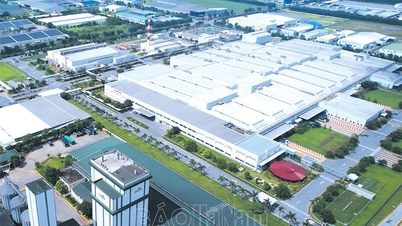

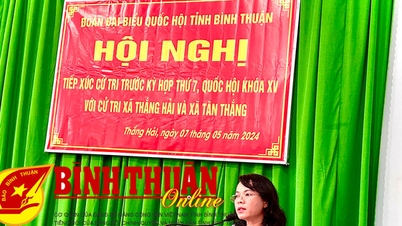
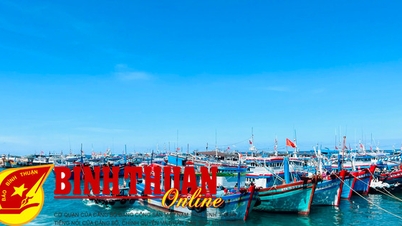
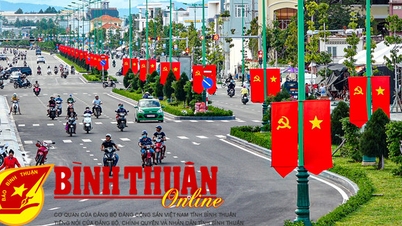


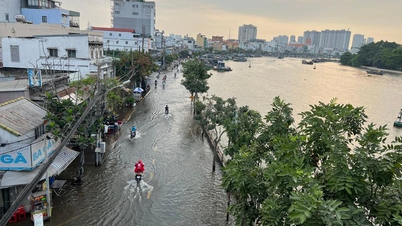

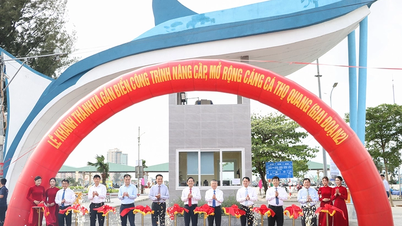

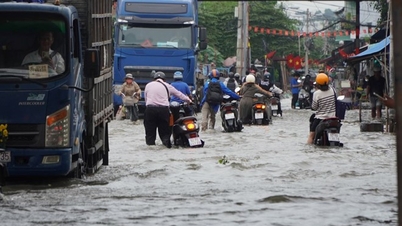







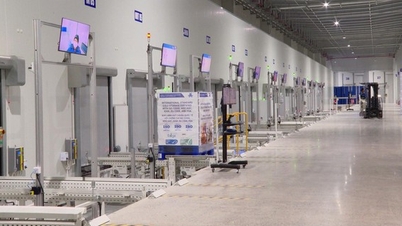
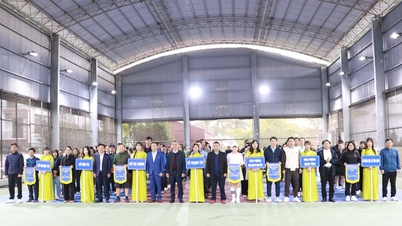
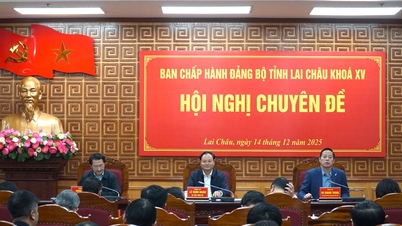

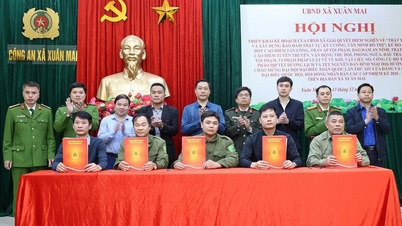

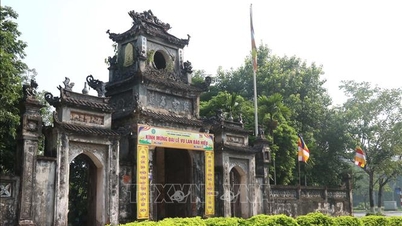

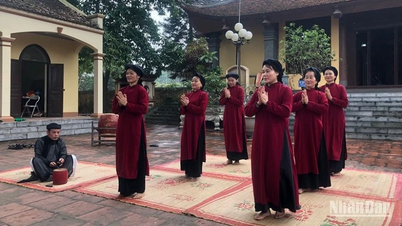

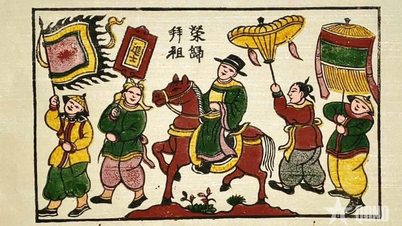

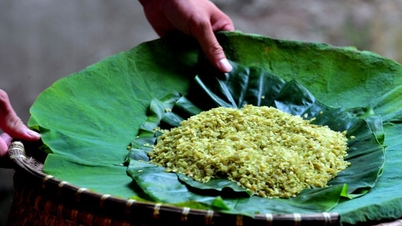

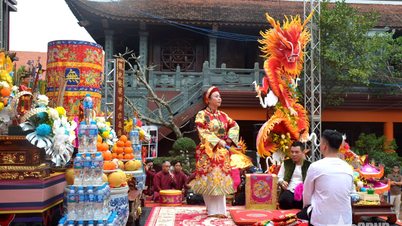



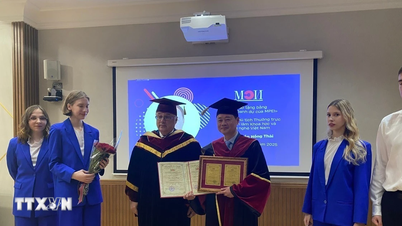





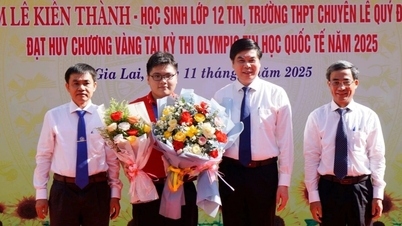


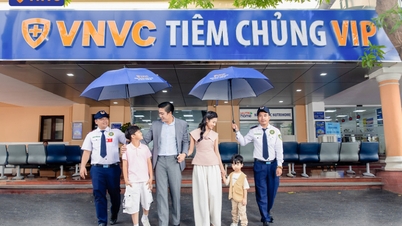




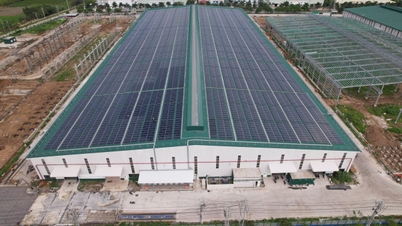





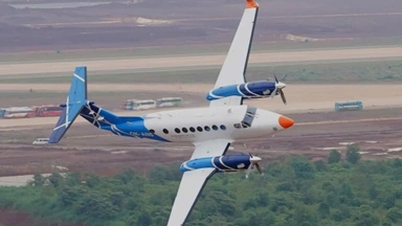
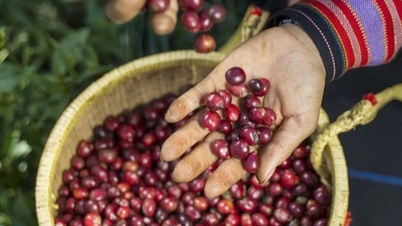
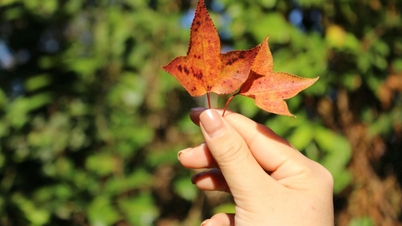


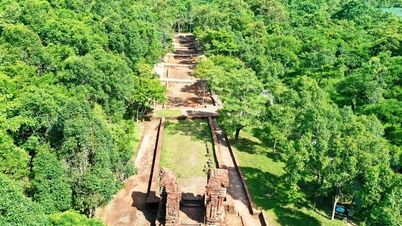




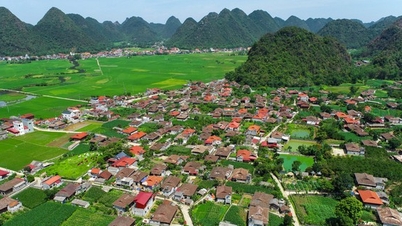







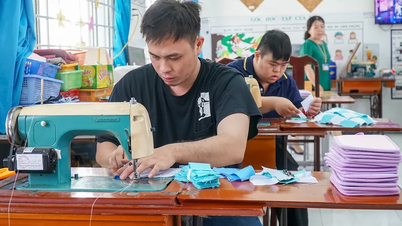
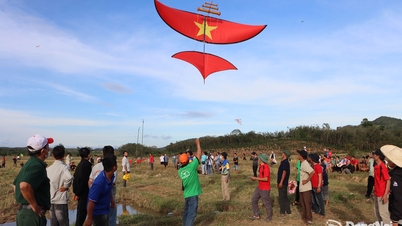

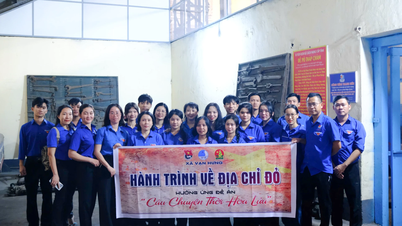



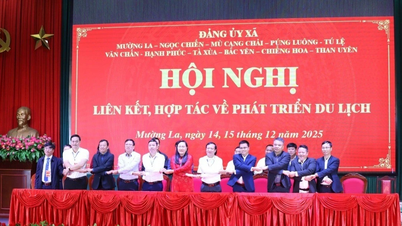














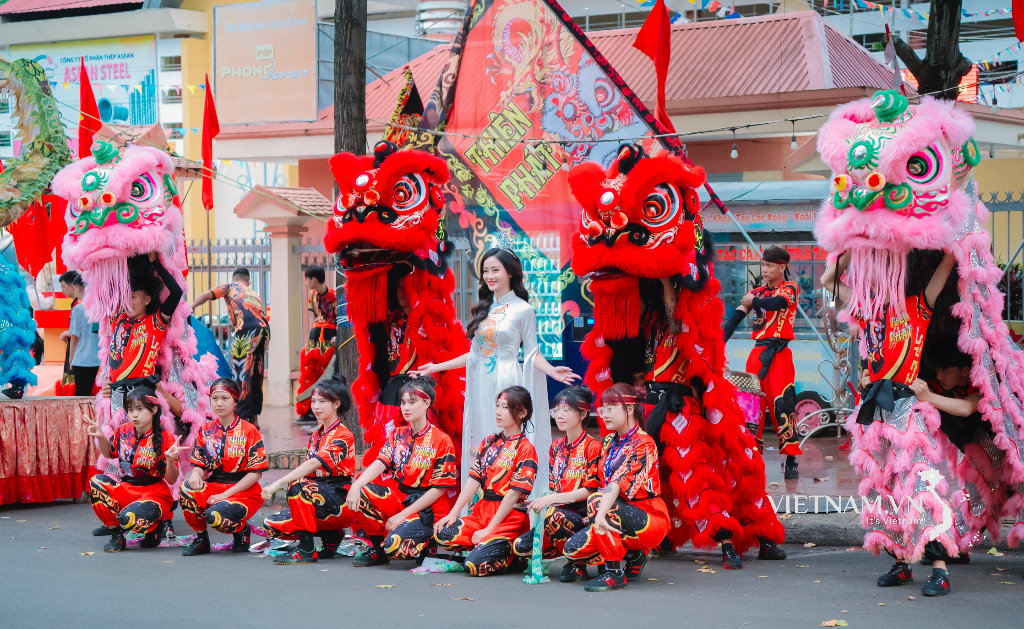
Comment (0)